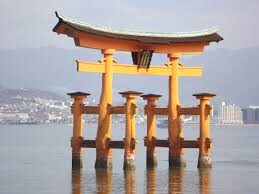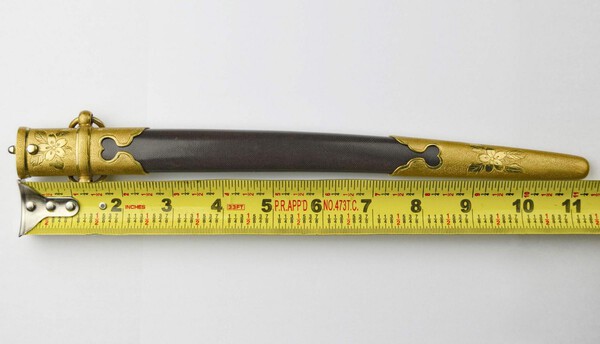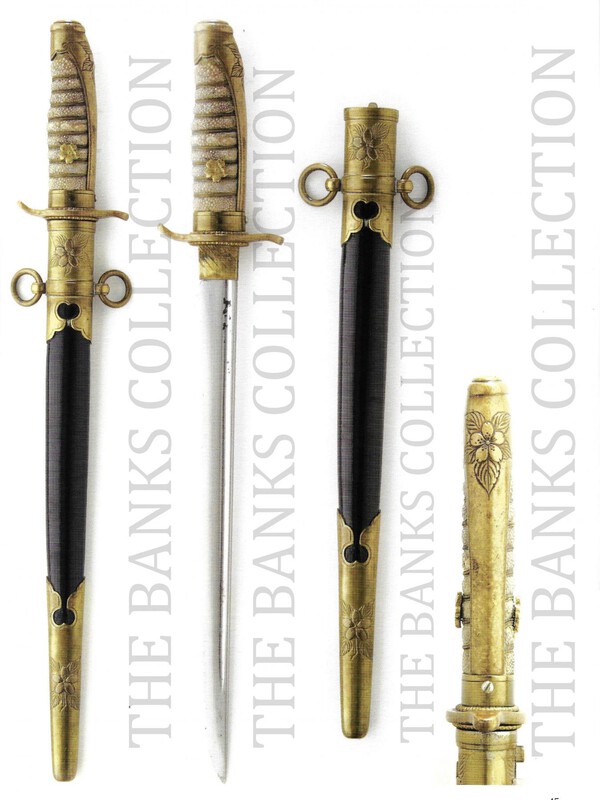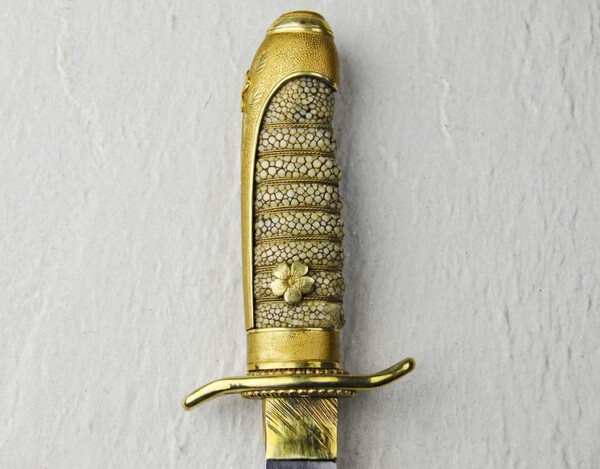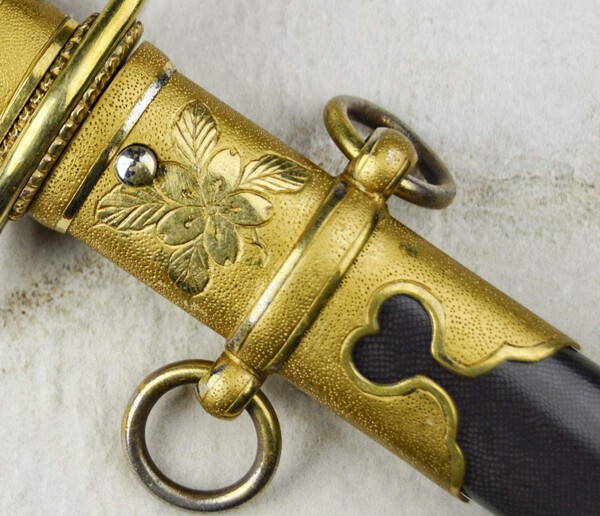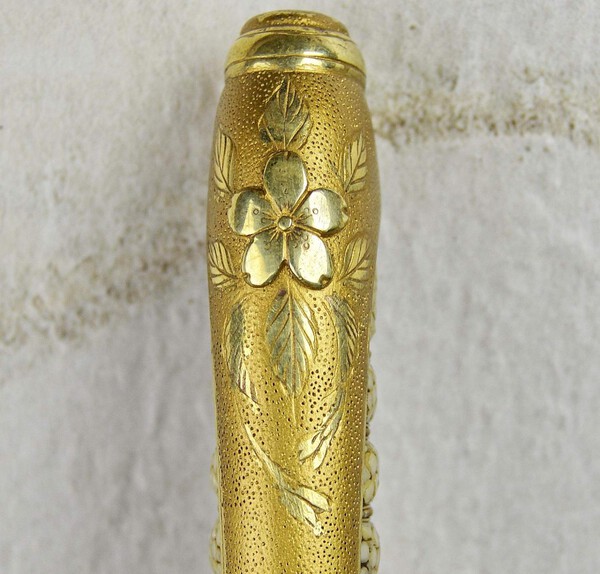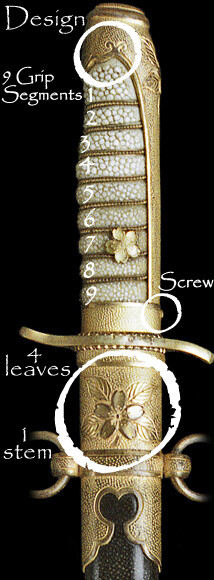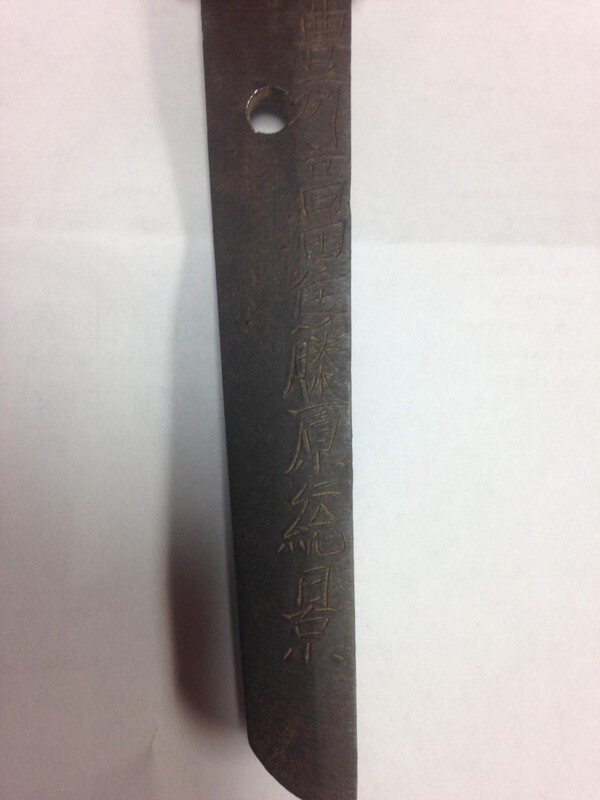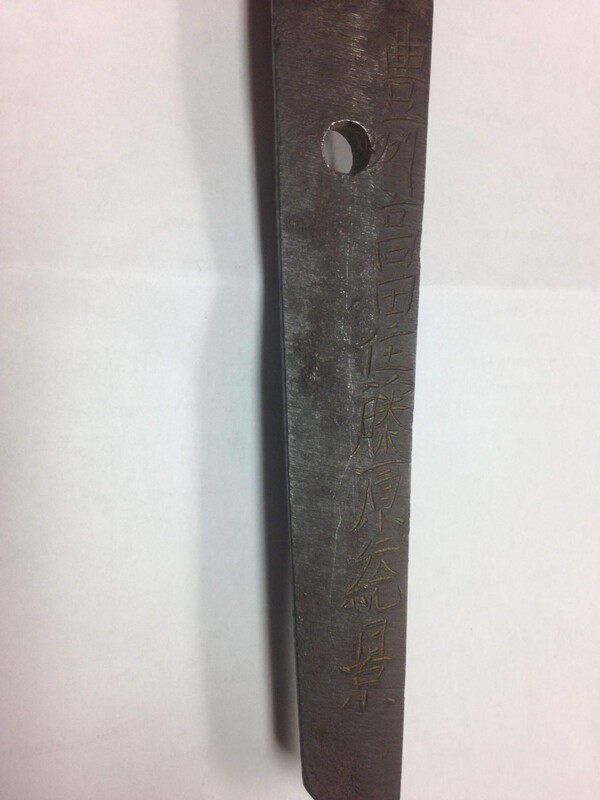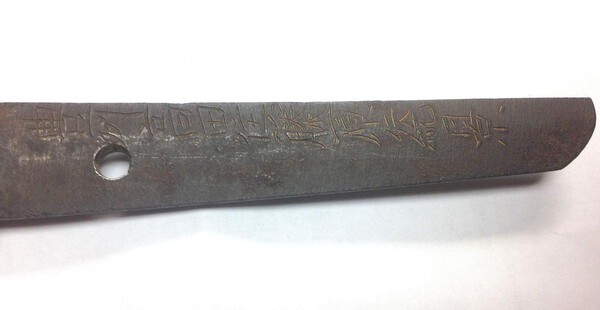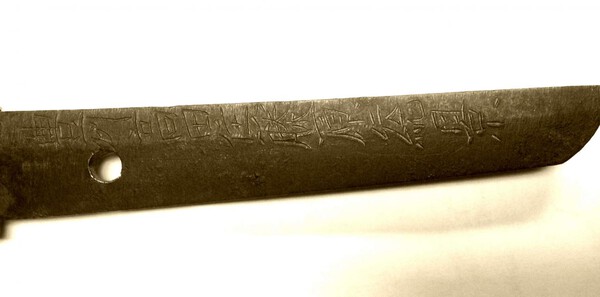
Geoffrey Ward
Members-
Posts
17 -
Joined
-
Last visited
Profile Information
-
Gender
Male
-
Location:
Louisiana
-
Interests
Militaria
Geoffrey Ward's Achievements
-
Hello Dave,I have always found this topic interesting.Before becoming interested in Japanese edged weapons I collected German.With the understanding (until recently) Japanese machine made blades were simply considered symbols of authority,tools,weapons,or specifically of no artistic merit. As the propaganda and speculations slowly disappear,the Gunto has become a valid historical artifact worthy of collection in its own right. As a relatively new collector of Japanese swords and militaria I began my Gunto collection deliberately as a way to avoid the expensive mistakes (because I could not tell the difference) between the hand forged Nihonto and a machine made blade.As I continue my studies I wonder if there is not only a practical,but a historic or religious factor involved in the orientation of the"Ha"or"Edge" of the blade. I submit this photo only as an image for contemplation as I am not versed on the religious aspects of the Japanese people or the intimate details of sword making,But from a physical standpoint the single sword stand will only hold a sword comfortably in one position.I find a significant resemblance in the Torii. Perhaps there is a clue here. Regards, Geoff
-
Senior Civil Forestry Official's Dirk Or Dagger
Geoffrey Ward replied to Ed Hicks's topic in Military Swords of Japan
Just for reference I am including a photo of the saya for the dirk I posted earlier it is made of wood and deliberately made with a curved contour. Regards,Geoff -
Senior Civil Forestry Official's Dirk Or Dagger
Geoffrey Ward replied to Ed Hicks's topic in Military Swords of Japan
Here is a photo from the late Ken Banks book Japanese Pattern Dirks The Banks Collection listed as "Senior Foresters Dirk (Ministry)-Second Pattern (1903) -
Senior Civil Forestry Official's Dirk Or Dagger
Geoffrey Ward replied to Ed Hicks's topic in Military Swords of Japan
Here is a dagger I recently acquired from a good friend of mine which is also considered to belong to the forestry genre of daggers which closely resembles an illustration in the Fuller and Gregory book Japanese Military and Civil Swords and Dirks there are however,differences with the main one being a curved saya. Of note is the design on the back strap which has no retaining screw and the number of grip segments.Any theories or information would be appreciated. -
Senior Civil Forestry Official's Dirk Or Dagger
Geoffrey Ward replied to Ed Hicks's topic in Military Swords of Japan
The complex situation involving these types of daggers is that there is so little information available.From my quest to answer this question I have run into quite a can of worms because most of the information is speculative.I think the answer will ultimately lie in the design on the metal fittings themselves such as the number of blossoms leaves and tendrils/buds.This photo is considered to be a Naval Cadets Dagger I have Highlighted some of the features for reference. -
Hello Ken,Thank you for the link it is very interesting and I will definitely dig into it.As I am attempting to take the next step into educating myself beyond military swords I certainly appreciate any help and advice that is offered! Regards,Geoff
-
Geoffrey Ward started following Possible Munekage
-
Hello Steve M,Thank you very much for the generous leads! I will continue digging I certainly appreciate your time and guidance. Regards,Geoff
-
Thank you kindly Gunome Would anyone happen to have a way to compare this mei with an authenticated version? I am a novice when it comes to art swords.I truly appreciate the help. Regards,Geoff
-
Hello all I had a chance to take a quick look at a sword that will be for sale if I decide to buy it.I only had enough time for a quick look and to snap a couple of pics with a cellphone in poor lighting at work.The sword was in recent polish and had been also recently re-wrapped. Mounted in Army Gunto mounts the owner had a couple of documents that the person he got the sword from gave to him they state that the blade was made by Munekage? Hawley Rating 30 Reference /Page MUN765 I was wondering if anyone could confirm this is indeed the mei of the afore mentioned smith. Please excuse the improper layout of the photos as I did the best I could with the lighting and cell phone to reveal the kanji.I hope to get pics of the blade if the mei looks correct. All help greatly appreciated Regards,Geoff
-
Thank you for deleting the redundant photos Stephen.I"m not sure what happened here is the stamping you asked about . Thanks Geoff.
-
-
I would be happy to contribute .I will try to post pictures as soon as possible.Thank you all Geoff.
-
So as not to be confusing.This is the Army Gunto not the Mantetsu piece.Thanks Geoff.
-
Hello Grey,I also have a Mantetsu gunto with the original owners tag on it.All fittings appear to be standard gunto fittings.However I also have a gunto which I believe was a special purchase item.The saya is finished in a high gloss copper/brown.and all fittings with the possible exception of the seppa are made of copper! Perhaps your fittings could be a "Custom "option??I am very curious about gunto "Options" There are many opinions regarding sarute. Some say All Army sarute were made of metal.Some say only the Navy had cloth sarute.I have several gunto with replacement sarute made of wire and such.I believe these are field expedients. The same copper fitted Army gunto had a cloth sarute!Can anyone elaborate on the options were availible on military mounted swords?Being new to the forum I do not wish to offend anyone by posting questions about shingunto.I know this forum is dedicated to the study of Nihonto.I am trying to educate myself. Gunto is a vehicle for me to move foreward.I am at the crossroads so to speak.so the opinions of the more advanced collectors are important to me.All comments welcome, Geoff

